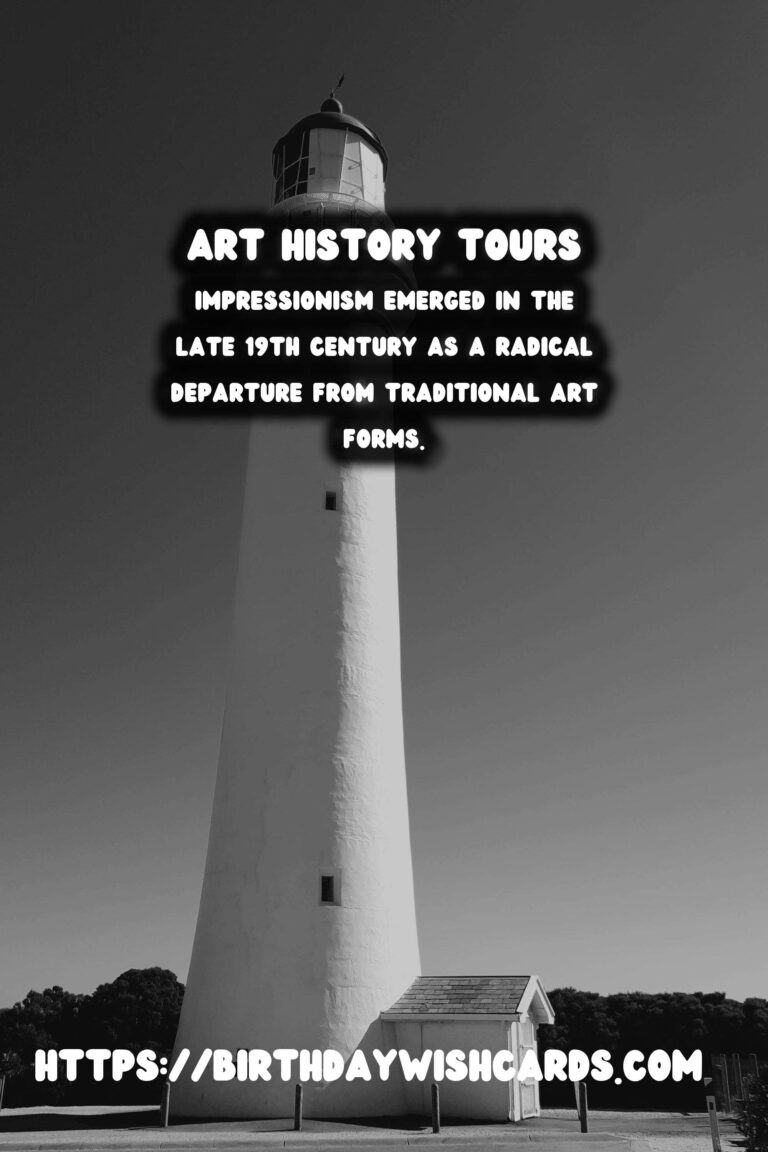
Art has been an intrinsic part of human culture, offering insights into various eras and societies through visually captivating expressions. From the dreamlike brushstrokes of Impressionism to the more daring concepts of Modern Art, the journey through art history is both enlightening and inspiring. Join us as we delve into the magnificent world of art history tours that bring these masterpieces to life.
The Rise of Impressionism
Impressionism emerged in the late 19th century as a radical departure from traditional art forms. This movement, characterized by vibrant colors and loose brushwork, sought to capture the transient effects of light on the natural world. Iconic artists like Claude Monet and Pierre-Auguste Renoir played pivotal roles in defining the aesthetic, which focused on ordinary subjects infused with extraordinary beauty.
Art history tours focusing on Impressionism often lead visitors to France, where destinations like the Musée d’Orsay in Paris house some of the most celebrated works of this movement. Walking through galleries filled with Monet’s water lilies and Renoir’s festive depictions evokes the essence of what it meant to live and create during this revolutionary time.
Post-Impressionism: Beyond the Canvas
As Impressionism laid the groundwork, a new wave of artists sought to expand its boundaries, giving rise to Post-Impressionism. Figures like Vincent van Gogh, Georges Seurat, and Paul Cézanne experimented with form, color, and emotion, pushing art into uncharted territories.
Post-Impressionistic works can be explored in various museums across Europe and beyond, offering unique insights into how these artists influenced subsequent movements. The Van Gogh Museum in Amsterdam, for example, provides a deep dive into the turbulent life and vibrant work of one of the most iconic figures in art history.
Embracing Modern Art Movements
With the dawn of the 20th century, art continued to evolve rapidly. Movements such as Cubism, Surrealism, and Abstract Expressionism emerged, each challenging conventional perceptions of reality and redefining the purpose of art. Pablo Picasso and Georges Braque led Cubism into uncharted aesthetic realms, while Salvador Dalí’s surrealistic visions offered dreamlike worlds that cast logic aside.
Art history tours focusing on Modern Art typically feature visits to hubs like New York City’s Museum of Modern Art (MoMA) or the Guggenheim Museum, where one can witness the revolutionary power of artists who dared to defy norms and explore the human psyche in unprecedented ways.
The Role of Art in Society
Throughout history, art has served as both a mirror and a messenger, reflecting societal values and often challenging the status quo. Art history tours accentuate this dual role, enabling participants to explore how art has influenced political, social, and cultural paradigms over the centuries.
From the provocative works of the Dada movement, which rallied against the absurdities of war and society, to the politically charged murals of Diego Rivera, art serves as a perennial catalyst for dialogue, innovation, and change.
Conclusion: The Enduring Legacy of Art
The history of art is a testament to humanity’s unyielding drive to interpret and reshape the world. Art history tours bring this legacy closer, offering immersive experiences that captivate and enlighten. Whether you’re gazing at a serene Monet landscape or contemplating a Picasso abstraction, art continues to inspire new generations to view the world through a more imaginative lens.
As we journey through the waves of Impressionism, Post-Impressionism, and Modern Art, we realize that art’s capacity to evoke emotion, challenge perceptions, and connect across time remains unwavering. Embark on an art history tour today and let the masterpieces guide your exploration of the past and vision of the future.
Impressionism emerged in the late 19th century as a radical departure from traditional art forms. Art history tours accentuate this dual role, enabling participants to explore how art has influenced political, social, and cultural paradigms over the centuries. 
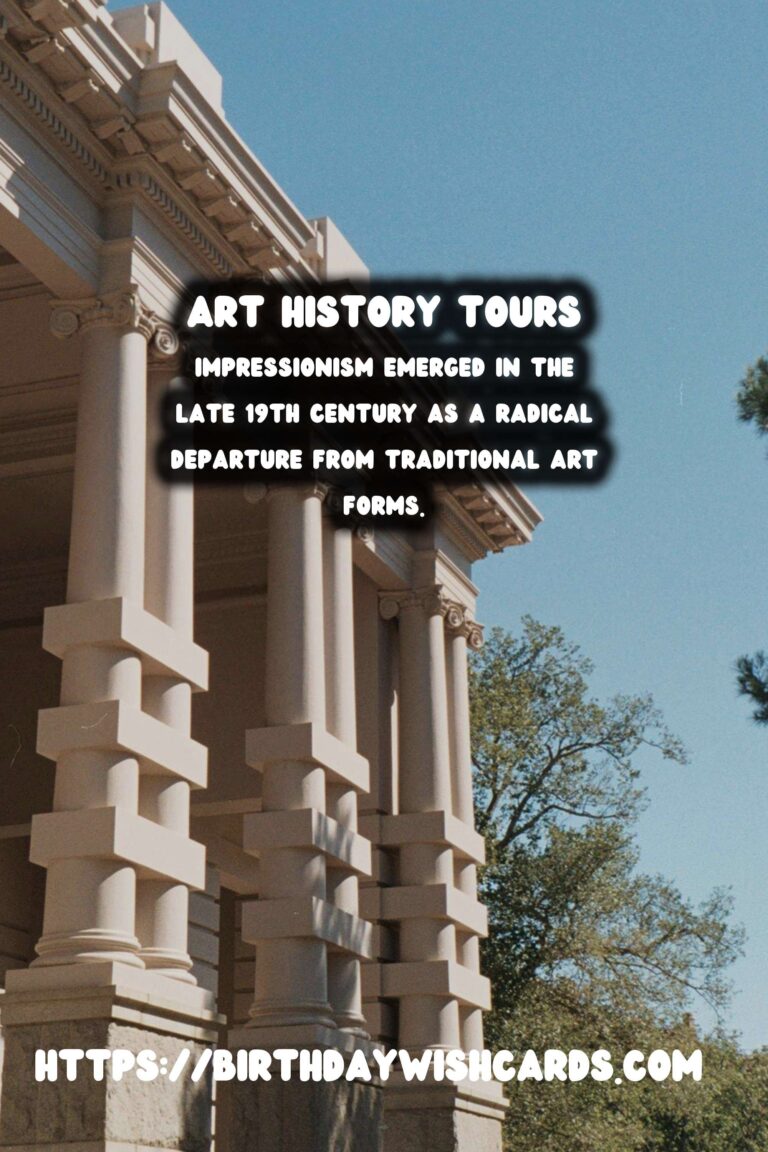
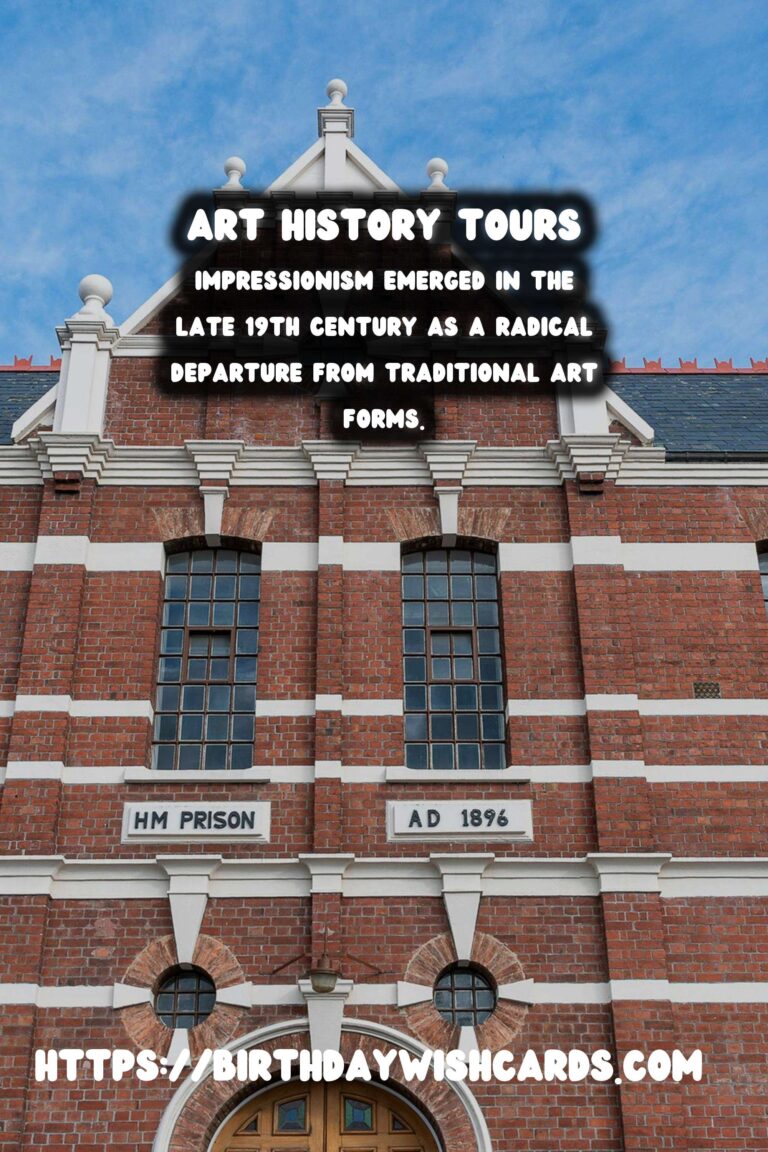
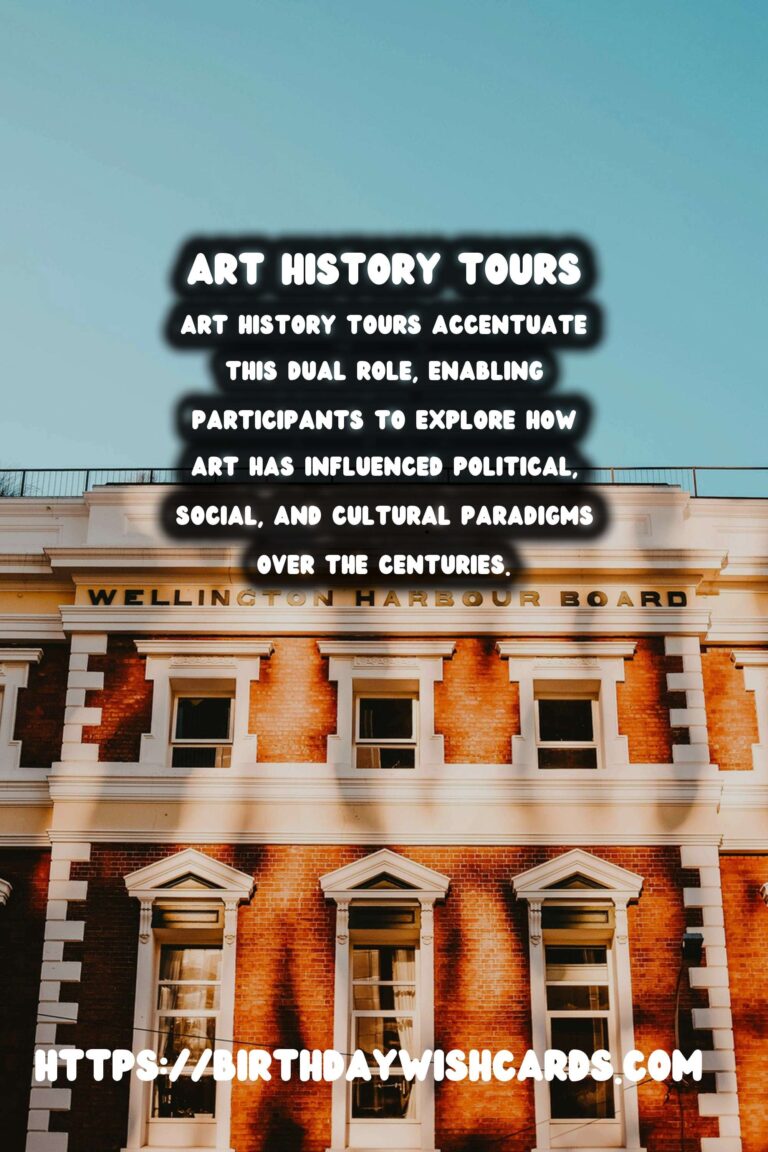
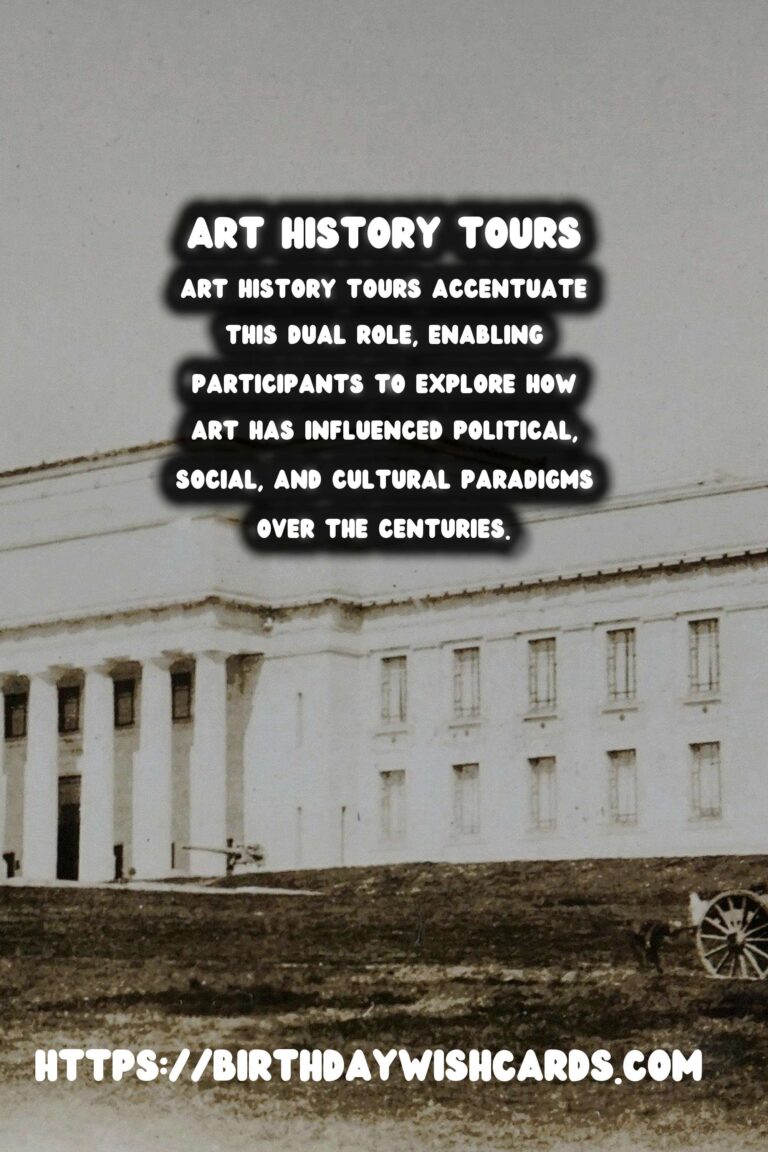
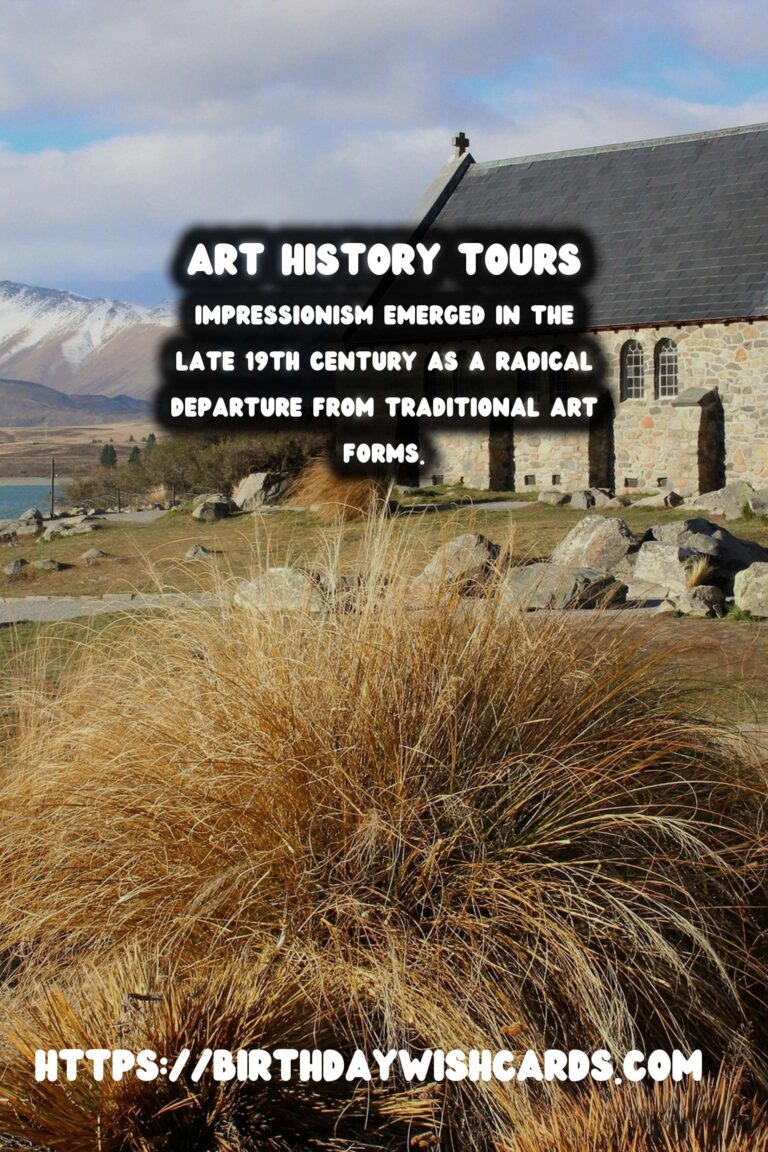
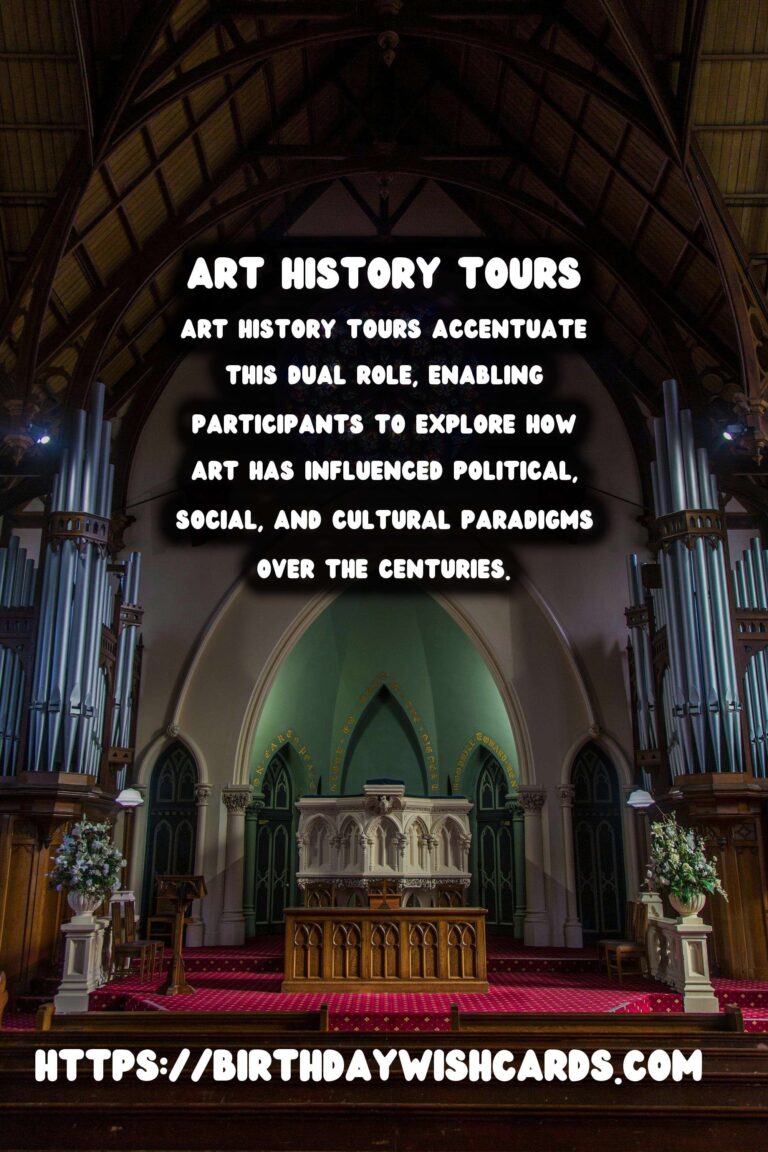
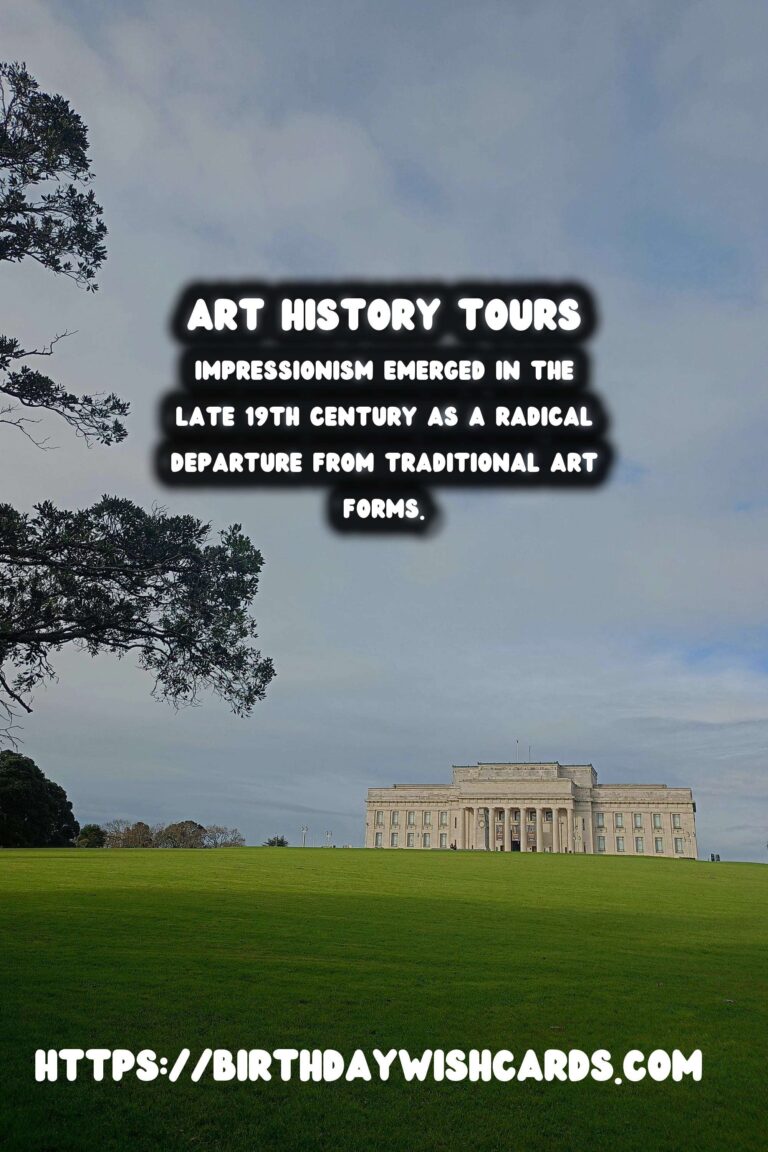
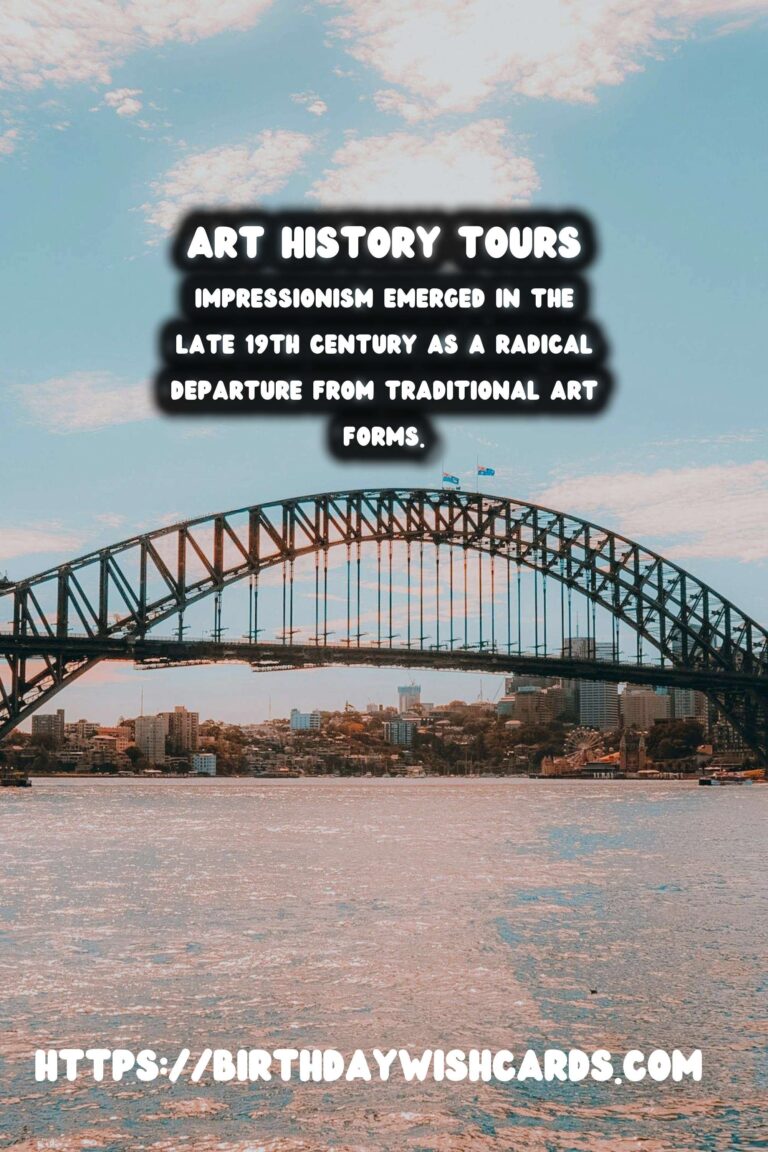
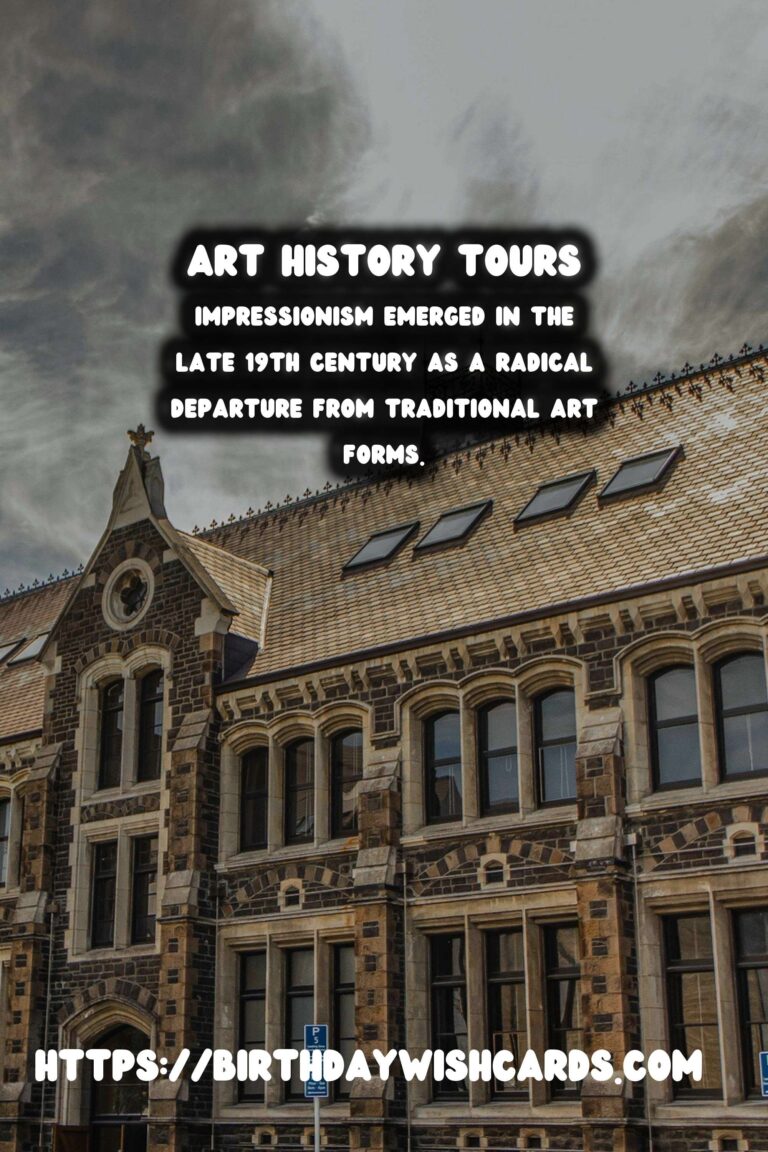
#ArtHistory #ModernArt




